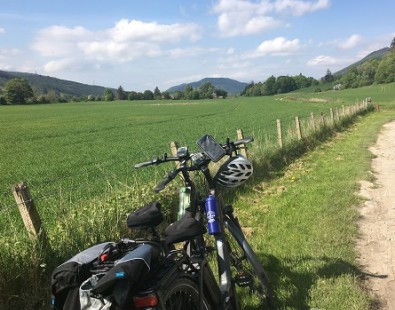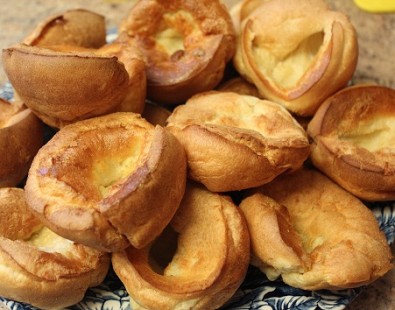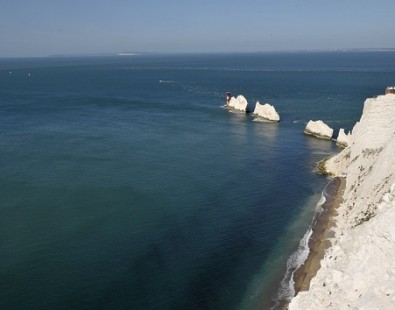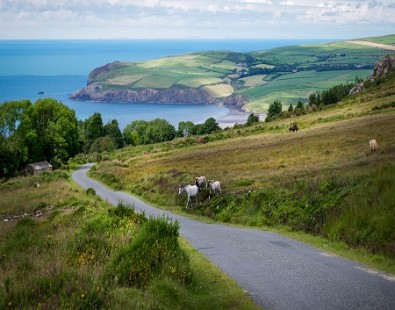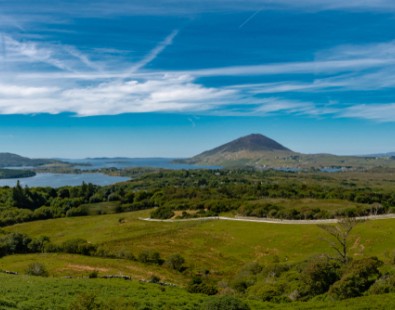E bikes open up The Highlands!
17th July, 2019
E Bikes open up The Highlands!
A recent trip to Scotland to update our route for the Lochs and Glens to Edinburgh trip, gave one of the team a great opportunity to not only test the Ride with GPS app which is proving such a great hit with our clients this year, but also to experience the fun of riding an e-bike. We grade the 7-night trip as a Gentle – Level 5 (one of the more challenging ‘gentle’ trips but not quite in the ‘not so gentle’ category). So, while distances each day are rarely more than 25 miles, there are a few significant hills such as the climb out of Drymen and the ascent of Glen Ogle as well as the ups and downs of rolling countryside.
E-Bikes Explained
The e-bikes are undoubtedly much heavier than a regular hybrid because of the battery, however once you are underway this is not really noticeable especially if you keep the bike in low power mode as our host recommended we do. On approaching a hill a combination of changing down through the gears and up through the 4 power modes allows the rider to remain seated even up the steepest incline – and whilst a few good natured shouts of ‘cheat’ from other walkers and cyclists led to a fleeting guilt as we passed them going uphill, this was soon forgotten in the sheer joy of whizzing back down!
Battery Power
Concerns about the bike either ‘running away’ or running out of battery were both unfounded, and this would probably only be an issue if the power was kept on the highest level even on the flat. Even on the longest day the battery level did not fall below 3/5 and on most days only went down to 4/5. Still important to charge each night – just to make sure there is enough juice for any eventuality or detours! For a moderately fit walker, but not a keen cyclist, this was the perfect option; enough good exercise to give tired legs, a good appetite for dinner and a great night’s sleep, but not so much that we did not have time to ‘stop and stare’; enjoy a good lunch and the odd ice cream; but still arrive at our destination mid-afternoon in time to explore a little before dinner. E bikes are available in all our UK destinations – but please book well in advance as numbers may be limited at peak times.
Ride with GPS
Putting all our routes on GPS was a mammoth task for the team over last winter. This not only makes it easier to customise routes, but for the rider, the ease of following the route on the map as well as the verbal cues telling you when to turn etc have made it a big hit. Some clients have been concerned about roaming charges when using their smart phones, but links to download the routes are sent well in advance so routes can be downloaded at home. Phones are then used on airplane mode during the rides so avoiding data usage and conserving battery (although we do provide a battery pack and waterproof phone holder for each booking, just as back up). It is really worthwhile to download the app in advance and have a little play, so you can amend the settings to suit (miles or km for example, continuous visual or screensaver) and to make sure you get the most out of it.
Posted by: Nicola Smith
Tags: Cycling holidays, Don't miss, Hidden gems, History, Tailor-made by us

